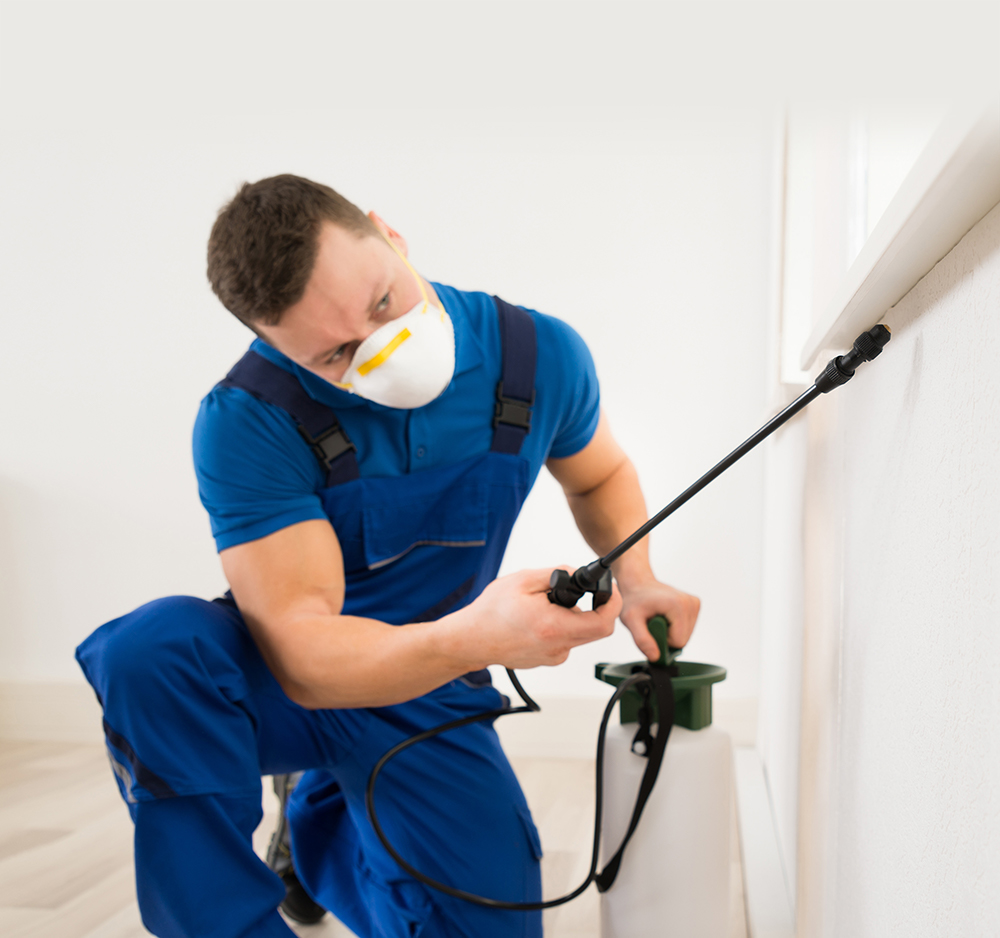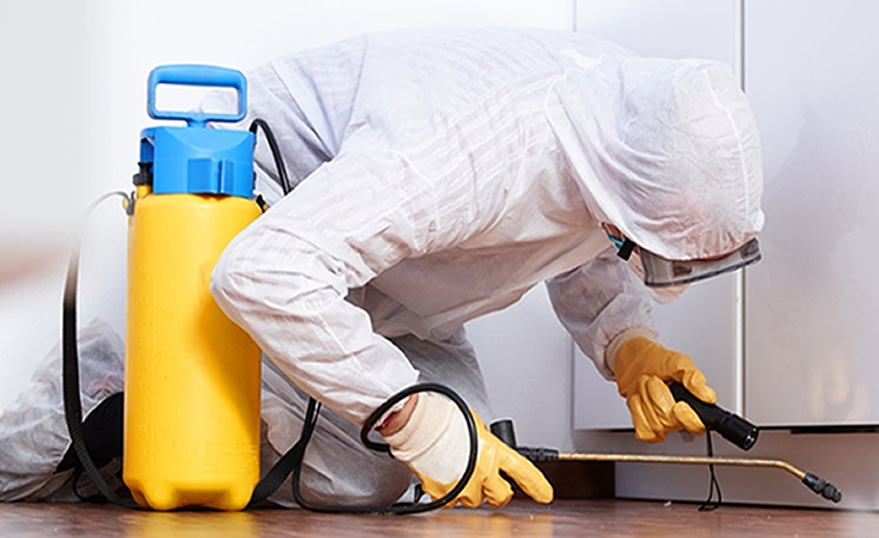Expert Bug Control Techniques for Long-Term Outcomes
In the realm of bug control, attaining sustained effectiveness and lasting results calls for a thorough technique that transcends mere elimination. Expert bug control strategies envelop a comprehensive technique that begins with a detailed examination and evaluation, adhered to by exact parasite recognition to recognize their behavior patterns. The execution of Integrated Insect Monitoring (IPM) principles, combined with eco-conscious therapies, forms the cornerstone of sustainable insect elimination. The true examination lies in the ongoing tracking and maintenance of the treated locations, guaranteeing a pest-free environment for the direct future. By diving right into the intricacies of these methods, a deeper understanding of professional insect control methods for withstanding end results arises.
Evaluation and Evaluation
Upon going into a property for bug control solutions, the preliminary step is a complete evaluation and analysis to identify the degree of the problem and establish the most efficient treatment strategy. Professional bug control specialists are trained to carefully analyze the properties, searching for indicators of pest task such as droppings, munch marks, nests, or any type of architectural damages. They will also assess the problems that may be drawing in pests, such as food sources, water leaks, or entry points.

Insect Identification and Behavior

Moreover, recognizing the habits of the identified bug is vital to applying efficient control actions. As an example, understanding where insects nest, what they feed upon, and their task patterns can aid pest control experts design techniques to remove them efficiently. Some bugs may be nocturnal, while others are more energetic throughout the day. This expertise permits for the application of therapies at optimum times for maximum efficiency.
Integrated Insect Management (IPM)
Integrated Pest Administration (IPM) approaches combine multiple techniques to regulate and stop parasite infestations in a sustainable and eco friendly way. exterminator. By incorporating methods such as biological control, habitat manipulation, modification of social practices, and using immune ranges, IPM intends to lessen making use of chemical pesticides
Among the key principles of IPM is the emphasis on avoidance. This proactive approach includes monitoring insect populations recommended you read on a regular basis to discover any kind of potential problems prior to they rise. By determining pest problems at More hints an early stage, pest control measures can be applied swiftly and properly.
Furthermore, IPM advertises using safe parasite control methods whenever feasible. This can consist of utilizing all-natural killers of the pests, presenting beneficial insects, or utilizing scents to interfere with mating patterns. By lowering dependence on chemical pesticides, IPM not just safeguards the setting but likewise assists keep a balance in the ecological community.
Environmentally-Friendly Treatments
Implementing eco-conscious techniques in insect control procedures can successfully deal with problems while prioritizing environmental sustainability. Environmentally-friendly treatments concentrate on reducing the impact of insect control methods on environments, non-target microorganisms, and human health.
One more trick aspect of environmentally-friendly treatments is using natural and naturally degradable items that damage down rapidly without leaving unsafe residues in the atmosphere. Botanical pesticides originated from plants like chrysanthemums or neem use reliable pest control while presenting minimal risk to non-target species. Employing methods like warm treatments or pheromone traps can target particular parasites with accuracy, reducing the general ecological impact of bug control techniques.
Ongoing Tracking and Upkeep
Routine evaluations by trained professionals are needed to identify any kind of indicators of pest task, evaluate the effectiveness of previous therapies, and make adjustments to the insect control plan as required. By keeping track of parasite populaces over time, pest helpful hints control specialists can track patterns, prepare for possible concerns, and apply precautionary procedures to reduce the threat of future infestations.
In addition to tracking, maintenance practices are essential for long-lasting pest control success. This includes applying appropriate sanitation procedures to get rid of potential food and water sources for parasites, sealing access indicate protect against pests from entering the premises, and attending to any kind of structural issues that could help with bug problems (bed bug heat treatment). By integrating ongoing monitoring and maintenance right into an integrated insect monitoring approach, services can ensure a pest-free environment and safeguard their residential property versus pricey damage and health risks
Conclusion
In conclusion, utilizing specialist parasite control techniques such as thorough examination and evaluation, accurate bug recognition and understanding of their actions, integrated bug management techniques, environmentally-friendly therapies, and recurring monitoring and maintenance are vital for accomplishing long-term lead to bug control. By executing these methods, individuals can effectively handle parasite invasions and preserve a pest-free atmosphere in a sustainable way.